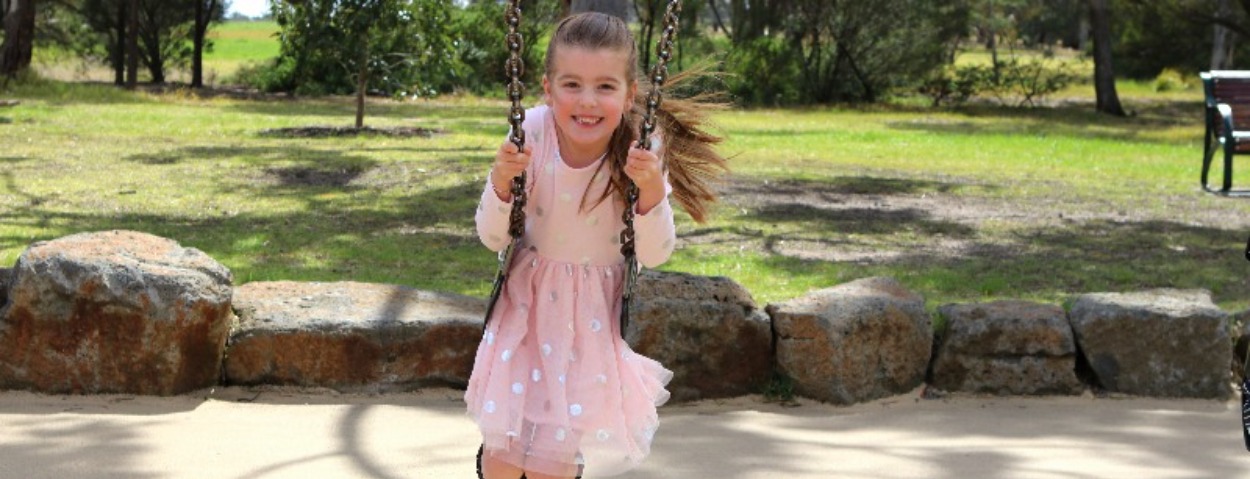Australia’s first clinical guidelines for children with stroke

Doctors from The Royal Children's Hospital and Murdoch Children's Research Institute have led the development of Australia's first ever clinical guidelines that will improve the diagnosis and acute management of children that suffer a stroke.
Approximately 300 babies and children are diagnosed with a stroke in Australia each year. More than half of the children that survive have long term disabilities that they carry for their lifetime at great cost to themselves, their families and the healthcare system. These guidelines that have been endorsed by The Stroke Foundation and the Australian and New Zealand Child Neurology Society, will speed up diagnosis when time is critical, to minimise brain injury and improve recovery.
A/Prof Mark Mackay, Paediatric Neurologist, Director of the Royal Children's Stroke Program and researcher with the Murdoch Children's Research Institute, chaired the Australian Childhood Stroke Advisory Committee (ACSAC), which included specialists representing each of Australia's tertiary paediatric hospitals. The ACSAC members volunteered their time and expertise to ensure that these important guidelines are of the highest international quality and can be implemented across the county.
The causes of stroke are different in children and therefore adult care pathways need to be modified for children. There is good community awareness of stroke and systems in place to rapidly identify and treat stroke in adults. In contrast, children often wait more than a day for stroke diagnosis and as a consequence may miss the window for life-changing interventions to minimise brain injury and improve recovery. Some key recommendations include:
- Recognising presenting symptoms that require investigation for stroke
- The importance of urgent MRI using child-specific imaging protocols for an accurate stroke diagnosis
- Elements of service necessary for hospitals to qualify as a Primary Paediatric Stroke Centre
- How to acutely manage symptoms and identify those children eligible for treatment or requiring surgical interventions.
The guideline also includes a quick reference guide for physicians.
The Ian Potter Foundation funded the development of the guideline that provides more than 60 recommendations to assist emergency staff and paediatricians in diagnosing and managing children with stroke upon arrival to hospital.
"The guideline aims to facilitate better standards of care across Australian paediatric hospitals for childhood stroke, reduce the time to diagnose stroke and ensure all children are provided with the same high-quality evidence-based care" says A/Prof Mackay.
"We believe that implementing a standardised approach to diagnosis and management will ensure children are not being left behind in the advances in stroke care which have transformed outcomes for adults" says Dr Tanya Medley, from the Murdoch Children's Research Institute, who coordinated the development of the guidelines.
There are large gaps in our understanding about the causes, consequences and most effective treatments for children with stroke. "The guidelines have helped us identify key research questions and develop a national collaborative network. We hope that setting a national research agenda will help us attract much-needed funding to improve our knowledge of the best approach to treating Australia's youngest stroke suffers" says A/Prof Mackay.
Read the guidelines: doi/10.1177/1747493018799958



